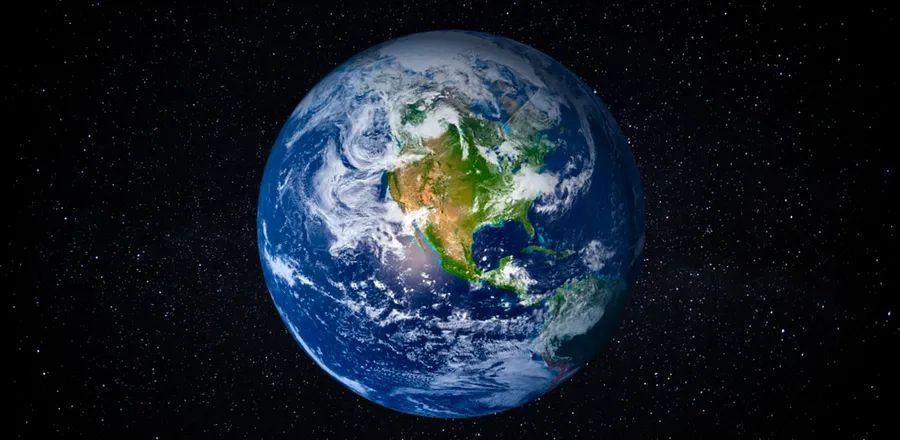First Native American Woman in Space Inspired by Mother Earth

The first Native American woman in space expressed her awe on Wednesday at the beauty and fragility of Mother Earth, channeling 'positive energy' as she embarks on her five-month mission.
NASA astronaut Nicole Mann, speaking from the International Space Station, shared that she has received countless prayers and blessings from her family and tribal community. She belongs to the Wailacki of the Round Valley Indian Tribes in Northern California.
In a YouTube video, Mann displayed the dream catcher she brought with her, a cherished childhood gift from her mother. This traditional webbed hoop adorned with feathers symbolizes protection, and she noted it has provided her strength during tough times. Prior to her NASA career, which began in 2013, she served in combat in Iraq with the Marines.
'It’s the strength of knowing I have the support of my family and community back home. When challenges arise or I feel burned out or frustrated, that strength will help me push forward towards a successful mission,' Mann shared with the Associated Press, which collected questions from members and tribal news sources nationwide.
Mann emphasized that she has always followed her mother’s advice about the significance of positive energy, particularly on launch day.
“It might be hard for some to grasp because it’s not something you can physically touch,” she explained. “Yet that positive energy is crucial, and you can manage that energy, which in turn helps shape your attitude.”
At 45, Mann is a Marine colonel and test pilot from Petaluma, California. She noted the importance of recognizing the variety of people aboard the space station, which currently hosts three Americans, three Russians, and one Japanese astronaut.
“This diversity showcases the incredible things we can achieve as a human species when we come together,” she stated.
Although Mann was captivated by stars and space as a child, she didn’t understand who could become astronauts or what their roles entailed. “Sadly, at that time, I didn’t see it as a possibility,” she reflected.
Her perspective evolved later in her career. Now, she’s enjoying breathtaking views of Earth from 260 miles (420 kilometers) above and hopes to glimpse constellations while inspiring young people to pursue their dreams.
When describing Earth from space, she remarked, “The emotions are incredibly overwhelming. It’s a stunning display of colors, clouds, and land, and it’s hard not to spend the entire day in the cupola [observation area] just taking in how beautiful our planet is and how delicate and fragile it appears against the deepest blackness I’ve ever seen—space—behind it.”
Mann launched into orbit with SpaceX on October 5 and will remain there until March. She and her husband, a retired Navy fighter pilot, have a 10-year-old son back in Houston waiting for them.
The first Native American to reach space was John Herrington of the Chickasaw Nation, who flew in 2002 and is now retired from his astronaut duties.

1

2

3

4

5
Evaluation :
5/5